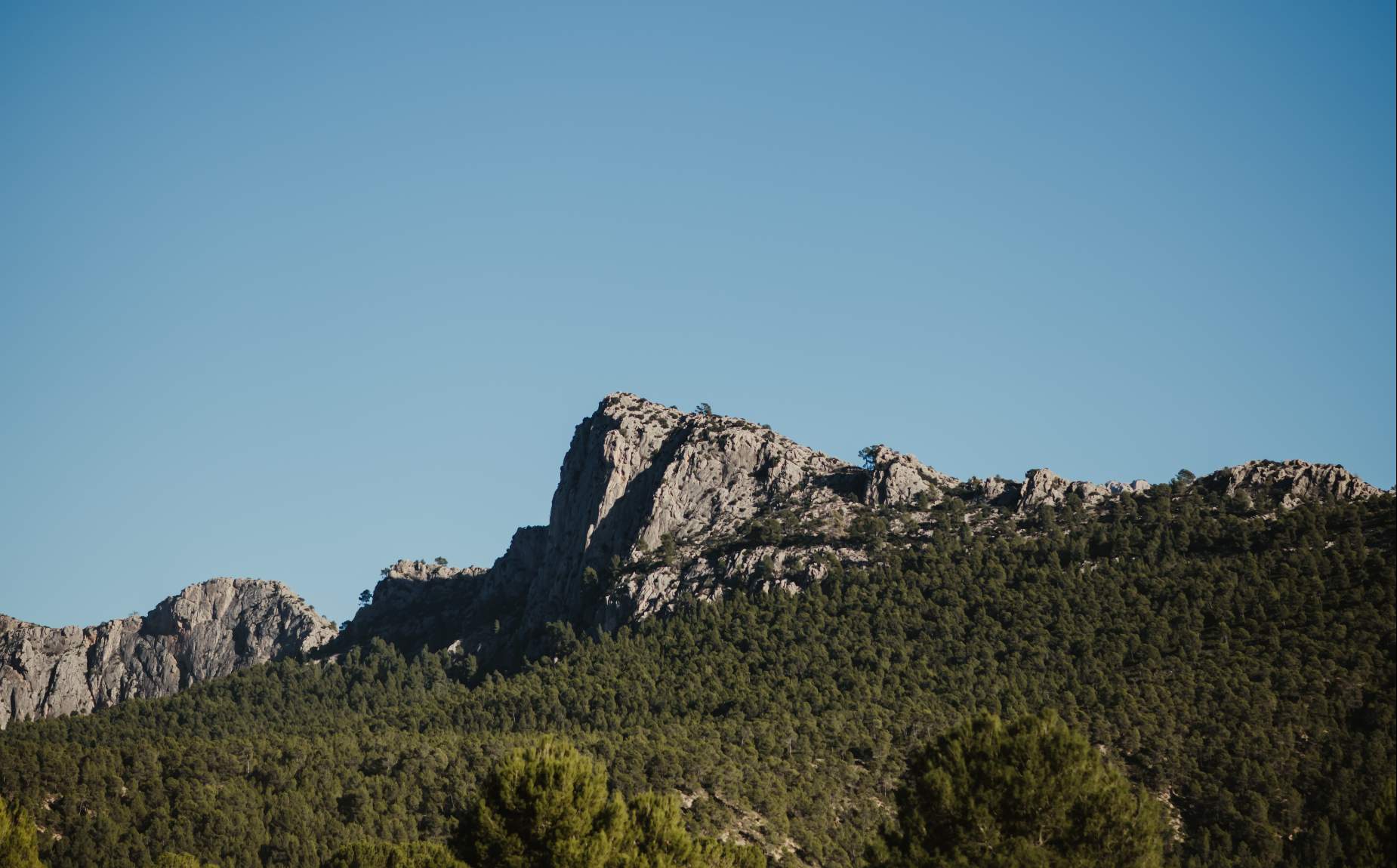Rebirth of a Natural Paradise
Explore the legacy of a resurgent land
Where human ingenuity and nature collide
In Muslim Spain, the Aspuña massif, which emerged from the Guadalentín Valley and could be seen from the Murcian coast, was already known. From the progressive increase of human settlements and the growing use of the resources of the mountain, where it became common grazing, logging for coal production, shipbuilding, mining, the expansion of areas for cultivation? Sierra Espuña ended up as a treeless landscape on the edge of the desert. At the end of the 19th century, the forestry engineer Ricardo Codorníu, together with José Musso and Juan Ángel de Madariaga, undertook the reforestation of nearly 5,000 hectares of forest.
The result is the current landscape, where there is an abundance of reforestation pines next to fresh and narrow ravines where honeysuckle, ash, willow and elm trees grow. Relief and landscape: Geomorphologically, the Park includes a great diversity of formations, from the karstic reliefs of the high areas of the sierra to the systems of slopes, ravines and gullies of Gebas (?bad lands?).
Fauna: The diversity of environments is home to a rich and varied fauna. The vertebrate community alone is made up of 8 species of amphibians, 17 reptiles, 123 birds and 38 mammals. There are curious endemic species such as the Espuña squirrel, a subspecies exclusive to these mountains, and birds are the best known group, represented by 123 species. In the forest masses there are smaller birds such as coal tits, mynahs, jays and crossbills. Other larger birds such as booted eagles, golden eagles, goshawks and sparrowhawks are on the prowl during the day. At night, it will be the tawny owl and the eagle owl who do it, in one of the points of the Region where you can hear their song. The presence of eagle owls and eagles has led to the declaration of this area as a Special Protection Area for Birds (SPA). Sierra Espuña has a Butterfly Conservation Reserve for the great variety of these invertebrates that can be seen in the forests. The most outstanding species are the Aricia morronensis butterfly, an endemic species of these latitudes. Among the 7 species of amphibians, we can find the toad runner or the Betic midwife toad. The diversity of the reptile community includes, among others, the ocellated lizard, the snub-nosed viper and the bastard snake.
Flora: More than 40% of the plant species of the entire Region of Murcia are present in the Sierra Espuña Regional Park, almost a thousand different plants in less than 20,000 hectares! Aleppo pine is the predominant tree species, although in the higher areas there is laricio and rodeno pine. There are also small patches of holm oaks, gall oaks and Montpellier maples or species such as the "asiento de monja", which withstands harsh environmental conditions, elms, poplars and poplars, together with shrubs such as honeysuckles, oleanders, rose bushes or sarsaparilla, can be found in the wadis, ravines and near the springs. The undergrowth is well developed and is composed of kermes oak, mastic, black hawthorn and juniper, among other shrubs, and in the areas most exposed to the sun, there are esparto grasses accompanied by aromatic species such as rosemary, thyme or rabogato. On the summits, the vegetation stands out for its adaptation to extreme weather conditions and is represented by the piorno or nun's cushion and the black juniper.


